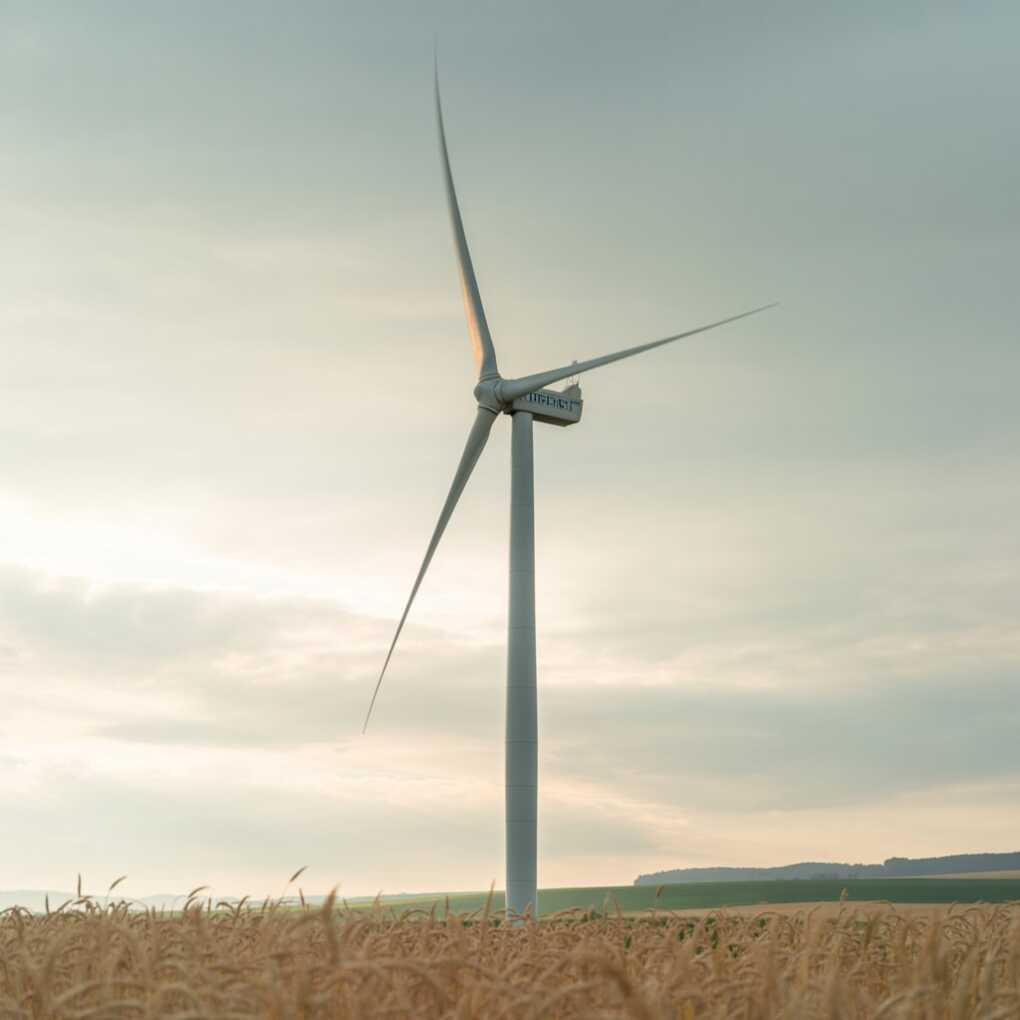The first time I heard the term wind resource evaluation, I thought someone was trying to jazz up an old weather report. But no. It turns out that it’s the hidden engine behind something much bigger than umbrellas flipping inside out in a gust or your nan complaining that her curtains won’t stay still. It’s the blueprint of energy. The invisible skeleton that holds up the future of construction. And if you’re building anything taller than a scarecrow, you better believe the wind matters.
I learned that lesson the hard way. Picture this: a half-built warehouse out west, steel beams singing like tuning forks in the breeze. We skipped the wind data. Thought it was fluff. One month later? We rethought every bolt and bracket, praying the structure wouldn’t pull a Wizard of Oz.

Wind Isn’t Just Air—It’s a Character
When constructing anything that might one day tickle the sky, the wind isn’t just a background character. It’s a full-blown antagonist with mood swings. One moment it’s a gentle whisper, the next it’s a howling banshee with a bone to pick. You don’t just build around the wind; you dance with it.
Evaluating wind resources means learning the choreography of air. How it swirls, how it hisses, where it likes to loiter or rage. Skip that, and your building’s foundation might as well be made of wishes.
A Map for the Unseen
See, wind doesn’t leave a footprint, doesn’t send a memo. It needs decoding, like Morse code from the clouds. That’s where the real brainwork comes in: sensors, towers, LiDARs, anemometers (say that five times fast). It’s a geek symphony that turns gusts into graphs.
This data isn’t just academic fodder. It shapes design. Architects and engineers look at those figures like fortune-tellers reading bones. The result? A structure that doesn’t just survive the wind’s wrath, but uses it. Aligning rooftops, optimizing turbine placement, even tweaking window shapes—it all comes from that invisible data stream.
Construction Without Wind Evaluation? Recipe for Regret
I met a guy in Kalgoorlie who built a retail park without a wind study. Didn’t end well. One roof ended up thirty meters away after a storm. Another unit whistled so badly in winter that it scared off customers. His fix-it bill could have paid for a wind evaluation ten times over. Lesson? Don’t be that guy.
The air around your build isn’t just decoration. It’s pressure, stress, lift, and drag. You ignore it, you gamble. And unlike poker, this table doesn’t forgive bluffs.
Enter the Wind Whisperers: ART Group
Now, I’m not just tossing wind metaphors around for sport. Some folks read the air like it’s a diary. And down in Australia, the folks at ART Group have turned wind evaluation into an art form—pun fully intended.
These aren’t clipboard-toting theorists. They’re out there with boots in the dust, data loggers in the air, and a fire in the belly for clean, intelligent infrastructure. Whether it’s a remote turbine project or a future-ready warehouse in a blustery outback, ART Group steps in before the concrete dries and tells you exactly how the wind will try to push your dreams sideways.
What sets them apart? For one, they’re not selling fairy tales. They give you complex numbers. Bankable data. The kind that lets engineers sleep at night and helps investors nod confidently. Their setups are modular, mobile, and built for Australia’s wild temperament—from coast to dune, city to bush.
Building on Breeze: How Wind Shapes Profit
Let’s talk turkey. Data is nice, but what’s in it for the builders, developers, and power-hungry stakeholders? In a word: profit.
Wind resource evaluation tells you where to put that fancy turbine to get max spin for your buck. It shows you how to shape roofs so they don’t try to fly south for the winter. It helps calculate cooling strategies, reducing long-term HVAC costs. And let’s not forget insurance premiums. Buildings built with wind in mind usually don’t get hit with the “you should have known better” clause.
Even in renewables, this isn’t just a green badge of honor. It’s cold, hard ROI. Wind data powers energy forecasts, which power funding. Try building a wind farm without it, and your proposal will hit the reject pile faster than a cold sausage roll.
Risky Business Needs Risky Precision
There’s no room for guesswork in a game where steel, sweat, and millions of dollars hang in the balance. Imagine launching a solar-meets-wind hybrid farm without knowing what kind of tantrums the wind throws every June. That’s like planning a barbecue without checking the weather—except instead of soggy steaks, you get structural failure.
ART Group doesn’t just help you dodge disasters. They allow you to design with the elements. Harness the chaos. Lean into the wild.
Future-Proofing with a Breeze. Innovative construction isn’t just about now. It’s about when climate patterns shift, wind speeds pick up, or storms throw new punches. A good wind assessment becomes a blueprint for resilience.
And ART Group gets that. They don’t just slap down equipment and walk away. They partner. They monitor. They adjust. Think of them like the pit crew for your wind-reliant ambitions. Always a step ahead.
Last Words Carried by the Wind
Here’s the rub. You can pour your heart, wallet, and blueprints into a project—but if you haven’t properly looked at how the air behaves on your turf, you’re flying blind. And in the world of modern construction, ignorance isn’t bliss. It’s bankruptcy.
So please do yourself a favor: treat the wind like the key stakeholder it is. Study it. Respect it. Work with pros who understand its moods. It may be invisible, but its impact is as real as the steel in your frame.
Trust me. I’ve seen what happens when folks skip the wind homework. Don’t be that cautionary tale told around construction site lunch breaks. Be the blueprint others envy.
And remember: all that insight starts with one thing— https://art-group.com.au/ wind resource evaluation.
